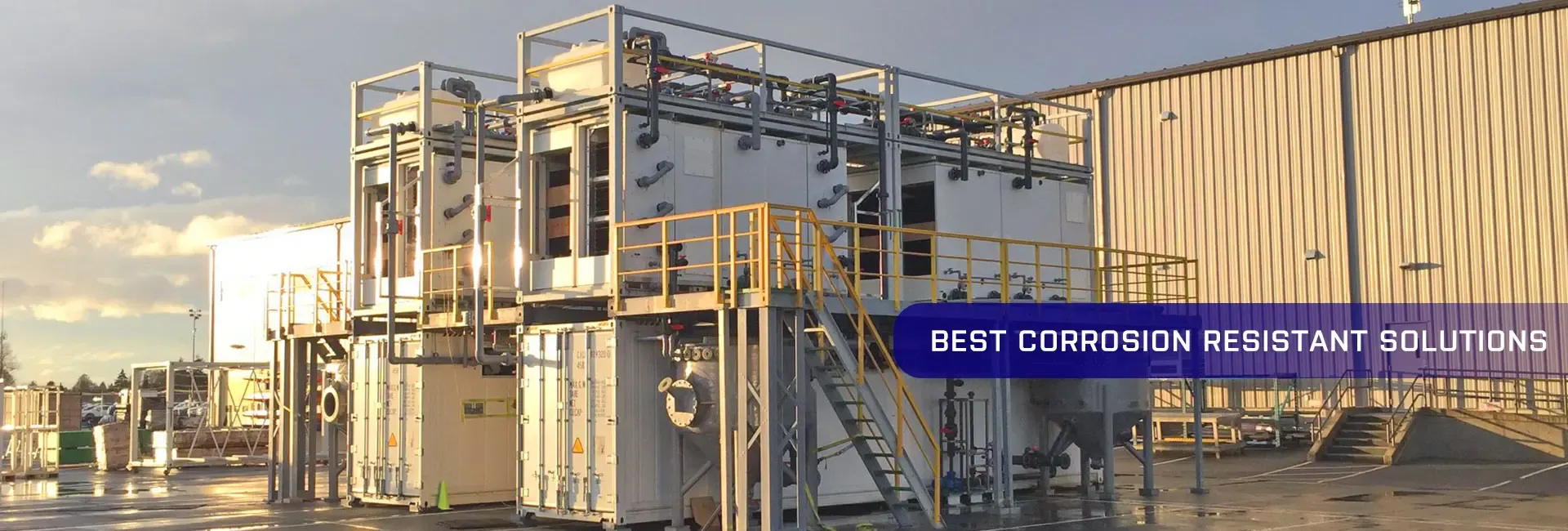
-
 Afrikaans
Afrikaans -
 Albanian
Albanian -
 Amharic
Amharic -
 Arabic
Arabic -
 Armenian
Armenian -
 Azerbaijani
Azerbaijani -
 Basque
Basque -
 Belarusian
Belarusian -
 Bengali
Bengali -
 Bosnian
Bosnian -
 Bulgarian
Bulgarian -
 Catalan
Catalan -
 Cebuano
Cebuano -
 China
China -
 China (Taiwan)
China (Taiwan) -
 Corsican
Corsican -
 Croatian
Croatian -
 Czech
Czech -
 Danish
Danish -
 Dutch
Dutch -
 English
English -
 Esperanto
Esperanto -
 Estonian
Estonian -
 Finnish
Finnish -
 French
French -
 Frisian
Frisian -
 Galician
Galician -
 Georgian
Georgian -
 German
German -
 Greek
Greek -
 Gujarati
Gujarati -
 Haitian Creole
Haitian Creole -
 hausa
hausa -
 hawaiian
hawaiian -
 Hebrew
Hebrew -
 Hindi
Hindi -
 Miao
Miao -
 Hungarian
Hungarian -
 Icelandic
Icelandic -
 igbo
igbo -
 Indonesian
Indonesian -
 irish
irish -
 Italian
Italian -
 Japanese
Japanese -
 Javanese
Javanese -
 Kannada
Kannada -
 kazakh
kazakh -
 Khmer
Khmer -
 Rwandese
Rwandese -
 Korean
Korean -
 Kurdish
Kurdish -
 Kyrgyz
Kyrgyz -
 Lao
Lao -
 Latin
Latin -
 Latvian
Latvian -
 Lithuanian
Lithuanian -
 Luxembourgish
Luxembourgish -
 Macedonian
Macedonian -
 Malgashi
Malgashi -
 Malay
Malay -
 Malayalam
Malayalam -
 Maltese
Maltese -
 Maori
Maori -
 Marathi
Marathi -
 Mongolian
Mongolian -
 Myanmar
Myanmar -
 Nepali
Nepali -
 Norwegian
Norwegian -
 Norwegian
Norwegian -
 Occitan
Occitan -
 Pashto
Pashto -
 Persian
Persian -
 Polish
Polish -
 Portuguese
Portuguese -
 Punjabi
Punjabi -
 Romanian
Romanian -
 Russian
Russian -
 Samoan
Samoan -
 Scottish Gaelic
Scottish Gaelic -
 Serbian
Serbian -
 Sesotho
Sesotho -
 Shona
Shona -
 Sindhi
Sindhi -
 Sinhala
Sinhala -
 Slovak
Slovak -
 Slovenian
Slovenian -
 Somali
Somali -
 Spanish
Spanish -
 Sundanese
Sundanese -
 Swahili
Swahili -
 Swedish
Swedish -
 Tagalog
Tagalog -
 Tajik
Tajik -
 Tamil
Tamil -
 Tatar
Tatar -
 Telugu
Telugu -
 Thai
Thai -
 Turkish
Turkish -
 Turkmen
Turkmen -
 Ukrainian
Ukrainian -
 Urdu
Urdu -
 Uighur
Uighur -
 Uzbek
Uzbek -
 Vietnamese
Vietnamese -
 Welsh
Welsh -
 Bantu
Bantu -
 Yiddish
Yiddish -
 Yoruba
Yoruba -
 Zulu
Zulu
corrosion solution
Understanding Corrosion and Its Solutions
Corrosion is a natural process that deteriorates materials, particularly metals, due to chemical reactions with their environment. This phenomenon can lead to significant economic losses and safety hazards in various industries, including construction, manufacturing, and transportation. Understanding the mechanisms of corrosion and developing effective solutions to control and prevent it is crucial for extending the lifespan of materials and ensuring the safety of structures.
At its core, corrosion is an electrochemical process. When a metal is exposed to moisture, oxygen, and other corrosive agents, an electrochemical reaction occurs that changes the metal's chemical properties. This reaction can lead to the formation of rust, pitting, or other forms of deterioration. Commonly affected metals include iron, steel, aluminum, and copper, each of which reacts differently under various environmental conditions.
Understanding Corrosion and Its Solutions
Another promising approach is the use of corrosion inhibitors—chemicals that are added to the environment or applied to the metal surface to slow down the corrosion process. These inhibitors can work by forming a protective film on the metal surface, reducing the metal's exposure to corrosive agents. By incorporating these inhibitors into industrial processes, businesses can significantly reduce corrosion rates and extend the life of their equipment.
corrosion solution

Additionally, cathodic protection is a method often used in pipelines and marine structures. This technique involves applying a small electrical current to the metal, which counteracts the electrochemical reactions that cause corrosion. There are two primary types of cathodic protection sacrificial anode systems and impressed current systems. Both methods effectively protect structures from corrosion, especially in harsh environments like saltwater, where corrosion rates are significantly higher.
Material selection is also a critical strategy in corrosion prevention. Engineers and designers can opt for corrosion-resistant materials such as stainless steel, titanium, or non-metallic materials that perform well in specific environments. Additionally, composite materials, which combine multiple compounds to enhance strength and resistance to corrosive elements, are becoming increasingly popular in various applications.
Education and awareness about corrosion are vital. Industries must train their personnel to recognize the early signs of corrosion and to implement proper maintenance practices. Regular inspections and timely maintenance can catch corrosion before it leads to major failures, ultimately saving costs and ensuring safety.
In conclusion, while corrosion poses a significant challenge in many industries, there are effective solutions available. From protective coatings and corrosion inhibitors to advanced methods like cathodic protection and thoughtful material selection, numerous strategies can mitigate the effects of corrosion. By understanding the principles of corrosion and implementing these solutions, industries can not only prolong the lifespan of their assets but also enhance safety and reduce operational costs. As technology continues to advance, the development of new materials and innovative protective strategies will further bolster our ability to combat this pervasive problem.









